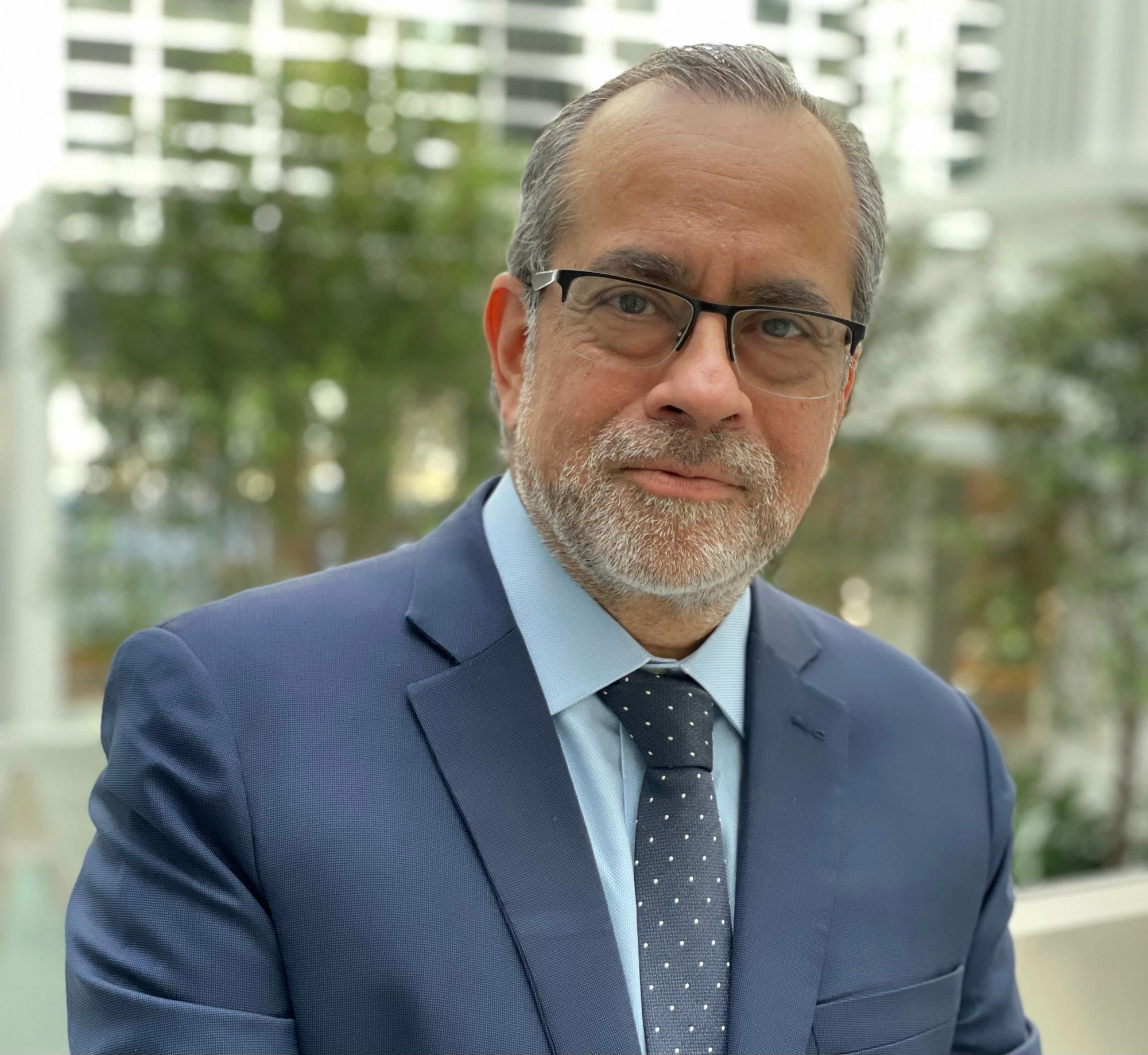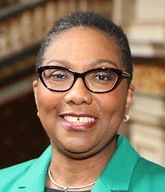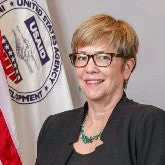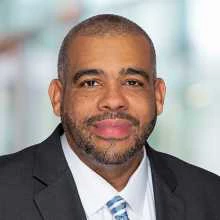 School closures and disruptions caused by the pandemic have likely driven the learning poverty rate much higher. © Dominic Chavez/World Bank
School closures and disruptions caused by the pandemic have likely driven the learning poverty rate much higher. © Dominic Chavez/World Bank
The deep pre-COVID learning crisis that the world has been grappling with has been made even more severe by the pandemic. Tracking what has happened to the global rate of learning poverty—which was unacceptably high before COVID and is likely much higher today—drives this point home.
Learning poverty, one of the most intuitive indicators of the learning crisis, measures the share of children who cannot read a simple text with comprehension by age 10. Widespread learning poverty predated the pandemic. Our new State of Global Learning Poverty: 2022 Update report shows that in 2019, before the pandemic hit, the learning poverty rate was already at an estimated 57 percent in low- and middle-income countries, and that in Sub-Saharan Africa it was 86 percent. Moreover, global progress against learning poverty had already stalled: between 2015 and 2019, there was no reduction in global learning poverty.
Why does the learning poverty indicator focus on reading? Because reading, together with writing, numeracy, and socioemotional skills, is a building block for all the other education outcomes that societies care about. Also, every stakeholder understands that children should learn to read well in primary school. The very high level of global Learning Poverty is a signal that many education systems, despite their progress in the recent decades at improving access to schools, are not delivering learning. The magnitude of the learning challenge in the developing world is immense, and it is now even larger than before as a consequence of the pandemic.
Since the onset of COVID-19, the school closures and disruptions caused by the pandemic have likely driven the learning poverty rate much higher still. New 2022 simulations for the report, which build on the most up-to-date data and evidence on learning and the impacts of the pandemic, suggest that global learning poverty in low- and middle-income countries has surged to an estimated 70 percent. The increases have been especially large in South Asia and in Latin America and the Caribbean, the regions where schools have been closed the longest. Because universal foundational skills are essential to the flourishing of individuals and societies, this widespread learning poverty threatens to undermine the future of today’s children and the economic prospects of their countries.
Concerted action against learning poverty is urgently needed now, with every society prioritizing the welfare of today’s children and youth. Domestic political mobilization is critical and must start at the highest level, such as the “My Education, Our Future” initiative where heads of state of Latin American countries are joining forces to express their commitment to education and national learning recovery actions. To safeguard the future, it is essential to make this a turning point, as being highlighted this week during the Transforming Education Pre-Summit taking place in Paris (June 28-30). We need to ensure a sharp acceleration of learning, starting in the short term with a robust recovery from the COVID shock.
There will be nothing automatic about this learning recovery and acceleration. Just reopening schools does not heal the scars of the pandemic, let alone solve the problems that caused such high levels of learning poverty even before COVID. Policymakers, schools, teachers, and families will need better strategies, bolstered by additional financing and support, to recover and accelerate learning, especially for those most harmed by the school closures. In most countries, those most harmed are not only marginalized minorities or the very poor; despite efforts in many countries to reach students with some type of remote learning, the vast majority have seen their learning process seriously impacted. The stagnation of global progress since 2015 shows that education systems were already failing in reducing learning poverty.
To provide opportunity for all children, this has to change—and change will require both political and technical advances that ensure effective approaches for promoting foundational learning reach all children and youth. The Guide for Learning Recovery and Acceleration lays out a menu of policy options for doing this. It is essential for governments to ensure they tackle learning poverty and figure out which approaches work best in their countries.
Fighting this learning crisis is the challenge of our times if we do not want to lose this generation of children and youth. Investing in their education is a precondition to avoid a future negative shock to productivity, earnings, and welfare; is essential for social stability, peace, and security; is critical for building fairer societies and ensuring equality of opportunities for all; and is essential to change mindsets regarding the urgency of climate change. This is a global challenge, and a collective effort is needed to raise awareness and support national efforts.
A global coalition can support these national efforts, which is why our six organizations are working together very closely on the agenda of foundational learning. This coalition is advancing on various fronts. First, we are speaking with one voice on the vital importance of foundational skills to the Sustainable Development Goals. Learning poverty is one key indicator of this, as it stands in for a broader set of foundational skills that all children need for further education, employment, and citizenship. At the same time, we are working closely together on other fronts—closing the learning data gap, building evidence on how to promote foundational learning for all children, and providing coordinated financial and technical support to countries that show real commitment to reducing learning poverty. We are confident that countries can turn the tide on reducing learning poverty, accelerating learning, and building the foundations for more prosperous and equitable societies.







Join the Conversation